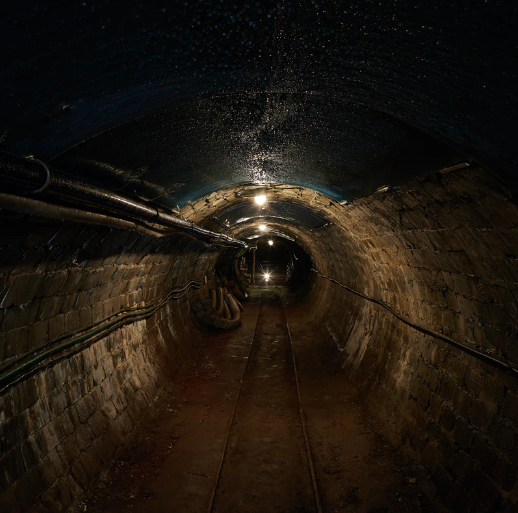Various kinds of minerals like gold, iron, and potash have long been churned out from mines across the United States. However, an underground mine in Southern Montana was found to actually contain minerals that are a bit more valuable, especially to scientists who are studying the Moon.

Scientists unearth moon-like rocks in a mine in Southern Montana: anorthosite
The Operational Land Imager (OLI) on Landsat 8 has acquired images showing some parts of the Stillwater Complex south of Nye, Montana back on August 10, 2018. These rocks span to about 30 miles or 50 kilometers of the Beartooth Mountain Range and are very much mined solely for its platinum-group and chromium metals.
An economic geologist and a lunar geoscientist at NASA's Marshall Space Flight Center, Doug Rickman, told Earth Observatory that the site actually gained attention from NASA and United States Geological Survey scientists for a different kind of rock: anorthosite. It is also the most common single mineral found on the surface of the Moon.
According to the report, "From Earth, lunar anorthosite is visible as the light-colored, highly reflective parts of the Moon's surface known as the lunar highlands. These are the Moon's oldest rocks-more than 4 billion years old-and covered the young Moon's entire surface before its crust was pummeled and broken up by asteroids and comets. Anorthosite rocks brought back to Earth by Apollo astronauts have helped researchers learn about the Moon's geologic history."
The rocks are limited from the Moon but can be found on Earth
However, the supply of these rocks from the Moon itself is actually very limited. But the mineral can be found on Earth as well. Scientists and researchers have already demonstrated that anorthosite rocks can be useful in studying the history of the moon and the formation of these rocks.
Scientists also managed to collect the rocks from mines that are within the Stillwater Complex to manufacture some synthetic moon dust or, as they like to simply call it, "stimulants."
A statement from Sarah Deitrick, a lunar geoscientist at NASA'S Johnson Space Center said that "The Stillwater Complex can teach us about the formation of anorthosite itself, as well as what the surface of the Moon is like in the lunar highlands regions."
She continued, "These stimulants are extremely helpful when it comes to testing equipment, space suits, or anything else that will come in contact with the lunar surface when humans go back to the Moon. The Stillwater Complex has been used to create some of the most accurate simulants that replicate the lunar highlands."
There are a handful of chemistry and geology researchers that are involved with the entire research, but stimulant specialists like Rockman and Deitrick have managed to keep the big picture in mind, saying that "If you are going to send a billion-dollar system to the Moon you have to test it. If you mess it up on the Moon, it is a long walk back to the nearest hardware store to get parts."
ⓒ 2025 TECHTIMES.com All rights reserved. Do not reproduce without permission.




